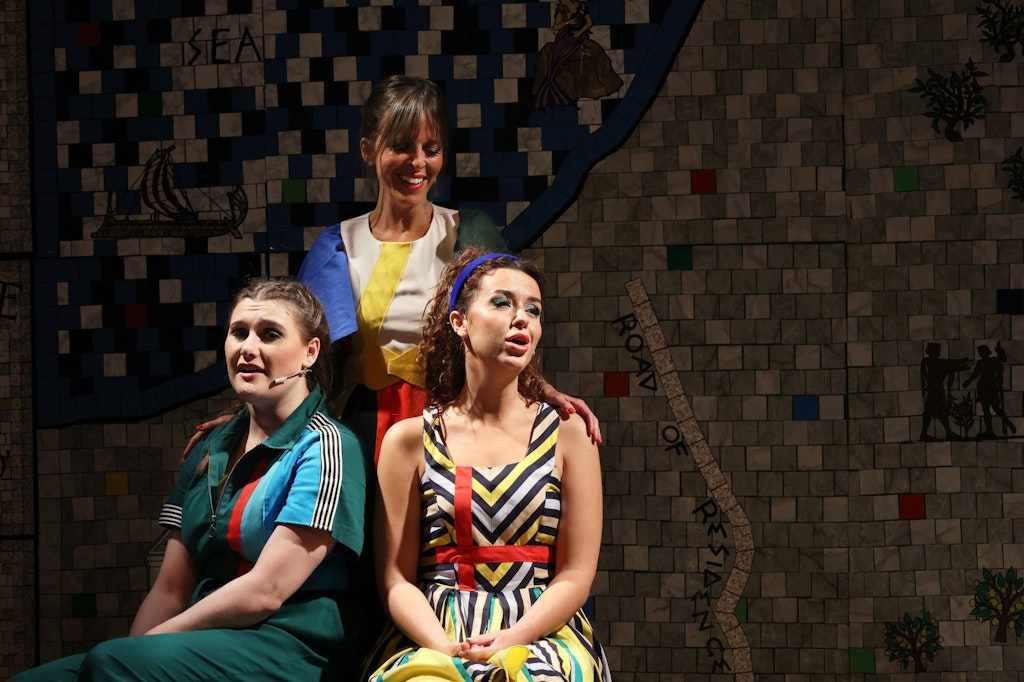Crisis at the crease
We need a new mission to save English cricket from the men in suits
This article is taken from the February 2022 issue of The Critic. To get the full magazine why not subscribe? Right now we’re offering five issue for just £10.
While England once sent its miscreants to be treated severely and without forgiveness in the harsh Australian climate, these days it sends its finest cricketers to face the same punishment. Even by the standards of recent Ashes defeats, this winter’s tour of Australia has been an unmitigated disaster. From the moment the first ball of the series dismissed Rory Burns to the pathetic collapse 68 all-out at Melbourne, clinching the urn for the Aussies, England were outsmarted, outmuscled and outplayed.
But why did it go wrong? Joe Root, the captain, complained about England’s focus on the shorter formats of the game. Fans lamented the absence of Jofra Archer and Olly Stone, fast bowlers blighted by injuries — Archer, it is suspected, thanks to mismanagement by England. The selectors chopped and changed the team, almost at random.
They replaced Rory Burns, an ungainly but recently effective opening batsman, with Zak Crawley, who averaged less than eleven in eight tests in 2021, lower than any specialist batsman in history playing so many matches in a calendar year. They rested James Anderson and Stuart Broad at almost random moments. And they failed to pick a spinner in Adelaide, with its dry, turning pitch, because they expected — like they did in Ahmedabad in India — a day/night Test to resemble a damp Lord’s in May.
These are all factors in the humiliation, but they tell an incomplete story. England have indeed prioritised white-ball cricket at the expense of the longer game, but it should not be beyond a country of such resources to succeed in both Test cricket and the shorter formats.
New Zealand, the cricket analyst Tim Wigmore notes, has five million people compared to almost sixty million in England and Wales. Its cricket board has a revenue of £27.5 million compared to the £273 million enjoyed by its English counterpart. Yet the Kiwis are World Test champions, and appeared in the last two limited-overs world cup finals, losing the fifty-overs title to England to an unlucky deflection and the T20 title to Australia to an unlucky toss.
If New Zealand can manage it, why not England? Some want different coaches to lead the Test and one-day teams. Some want to split off the coach from the chief selector. And some want more A-team cricket, where players on the fringe of the Test team are exposed to rigorous international competition.
Short-form slog has become more important than first-class and test cricket
These are valid proposals that address weaknesses in the England set-up. But the rot goes deeper than quick fixes imply.
Look at England’s batting and, Root and Stokes aside, the techniques are poor. Haseeb Hameed cannot score off the back foot. Crawley bats with hard hands and closes the face of his bat. Jonny Bairstow is often bowled through the gate, or out leg before, to straight fast bowling. “Since Root made his debut in 2012,” notes Wigmore, “no new debutant has averaged more than 38.” Until recently, an average of forty was considered the yardstick.
Young batsmen, traditionally taught to hit the ball straight and along the ground, are encouraged to play across the line of the ball, to hit it in the air, and play big shots rather than big innings. According to Paul Farbrace, Warwickshire’s director of cricket, “coaching has gone from instilling basics in young players to saying, ‘play the way you want to play.’ There are too many players at the age of 15, 16 with techniques ingrained into them [that are] not good enough.”
This may be down to poor coaching, as Farbrace says, but it is also down to a change in the culture of the game, in which the short-form slog has become more important than first-class and test cricket. Young players are encouraged to hit hard, regardless of technique, and established professionals are rewarded more for the shorter game than the longer one.
This culture has ruined not only players’ techniques but the domestic season itself. As the English Cricket Board centralised power, marginalised the counties and created the Hundred — an abomination of a tournament with synthetic teams, stupid rules and a format not played anywhere else in the world — it shut out the county championship, which last season saw its games crammed into the beginning and end of the summer. The intensity of matches is too low, with too many poor pitches and too few top spinners and quick bowlers playing.
We need a new mission to save English cricket from the men in suits
Despite the £2.1 million in bonuses it paid its executives last year, the ECB is failing, drunk on the supposed financial allure of short-form cricket. The national team is in crisis, the county game is on the brink of catastrophe, and the calibre of players coming through the ranks is not good enough. We need a clear-out of the executives who brought us here. And then we need a revolution.
The Hundred must go, and in its place the T20 Blast should be given the same financial and promotional backing. The championship needs reform and respect. Key matches must be broadcast on free-to-air television. A huge push — with coaching, equipment and free tickets — needs to take place in state schools. Then a campaign to get boys and girls from working class and minority families into the game, and serious investment in training players with elite potential.
This tour has been a disaster, but out of the Ashes we need a new mission to save English cricket from the men in suits.
Enjoying The Critic online? It's even better in print
Try five issues of Britain’s most civilised magazine for £10
Subscribe














